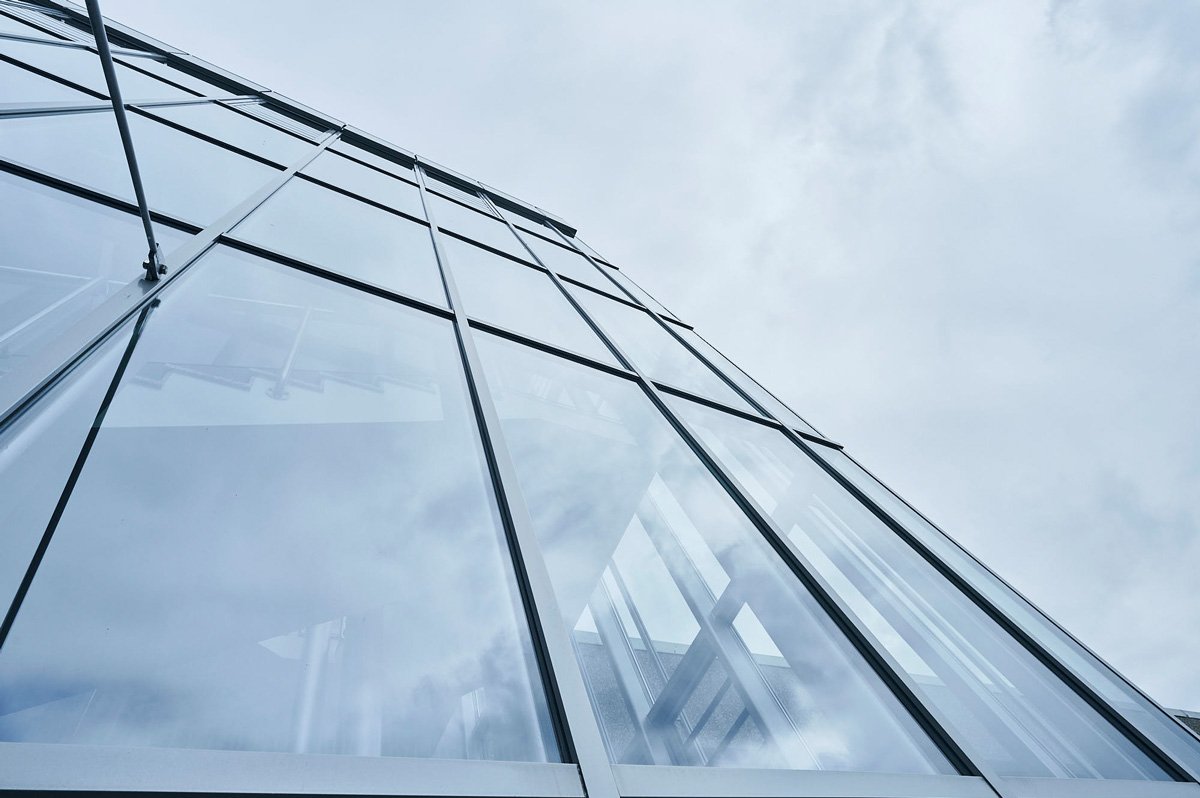Background
RF PCBs are active components, since the antenna technology is functionally housed on the PCB. In some cases, filters are etched into the structures in addition to antennas. The entire circuit generates a radar lobe that is transmitted by the antenna structure of the PCB, reflected by objects, and then received again by the antenna structure of the PCB. For this technology, base materials that are optimised for higher frequencies are used. Primarily, a stable dielectric constant (epsilon r) and a low dissipation factor (tan delta) are important here. Frequencies of up to 24 GHz are typically used in a close range of up to 30 metres; for the long-distance range, higher frequencies of 77 GHz are used.
In the RF world, detailed coordination between SCHWEIZER and our customers plays a central role, since functionality can only be checked when a product group is established. The most important influencing variables are these:
- RF material
- Conductor geometry: Typical conductor width tolerance of ±20/25 µm for a conductor height of around 45 µm
- Assembly, RF chip, package material etc.
In the case of RF 6-24 GHz PCBs, RF cores with a thickness of 10 mil (254 µm) are generally used. The layer construction can either be realised completely using RF material or as a hybrid construction in combination with standard FR4 materials. For one-sided hybrid lay-ups, the design should be tailored to the PCB with regard to the function and requirements.
